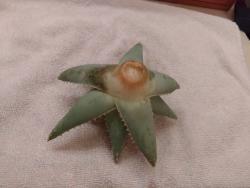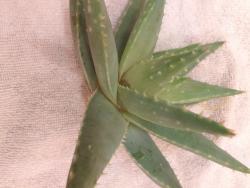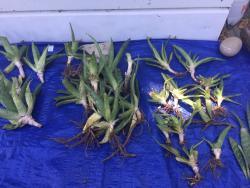
Getting the plant to grow new roots should be pretty straightforward, given time and patience. The issue you have to face at some point is why the plant lost its roots in first place. Without making any changes to care, you are very likely to see this happen again. It most likely has to do with water (too much) and/or light (too little). If you can explain a little about how you are taking care of the plant, we can help you figure this out.
Try to let the bottom of the plant dry and heal well before putting it back down in moist soil, or there will be a risk of rot. There's no harm whatsoever in allowing the rootless plant to sit in a warm, protected place for a few days so the bottom can heal completely.
Plant food is a bad idea without roots. It serves no purpose when there is no uptake. Watering once or twice a week is almost certainly too often in a protected indoor environment. You want to wait until the soil is drying out before watering. Maybe every 2-3 weeks this time of year, given good light and mild temps. Maintaining a regular cycle of wet-dry will help keep the plant in its groove, once it has roots again. And there is no way you can provide too much sunlight indoors... indoor sun is not direct because regular window glass cuts most of the UV. The more natural light, the better in an indoor environment this time of year (in the northern hemisphere).
These plants thrive outside in the sun, so you might consider moving it out when things warm up and it has grown new roots. Just be careful to gradually ramp up the light over the course of weeks, starting with bright shade, so the plant doesn't get shocked.


